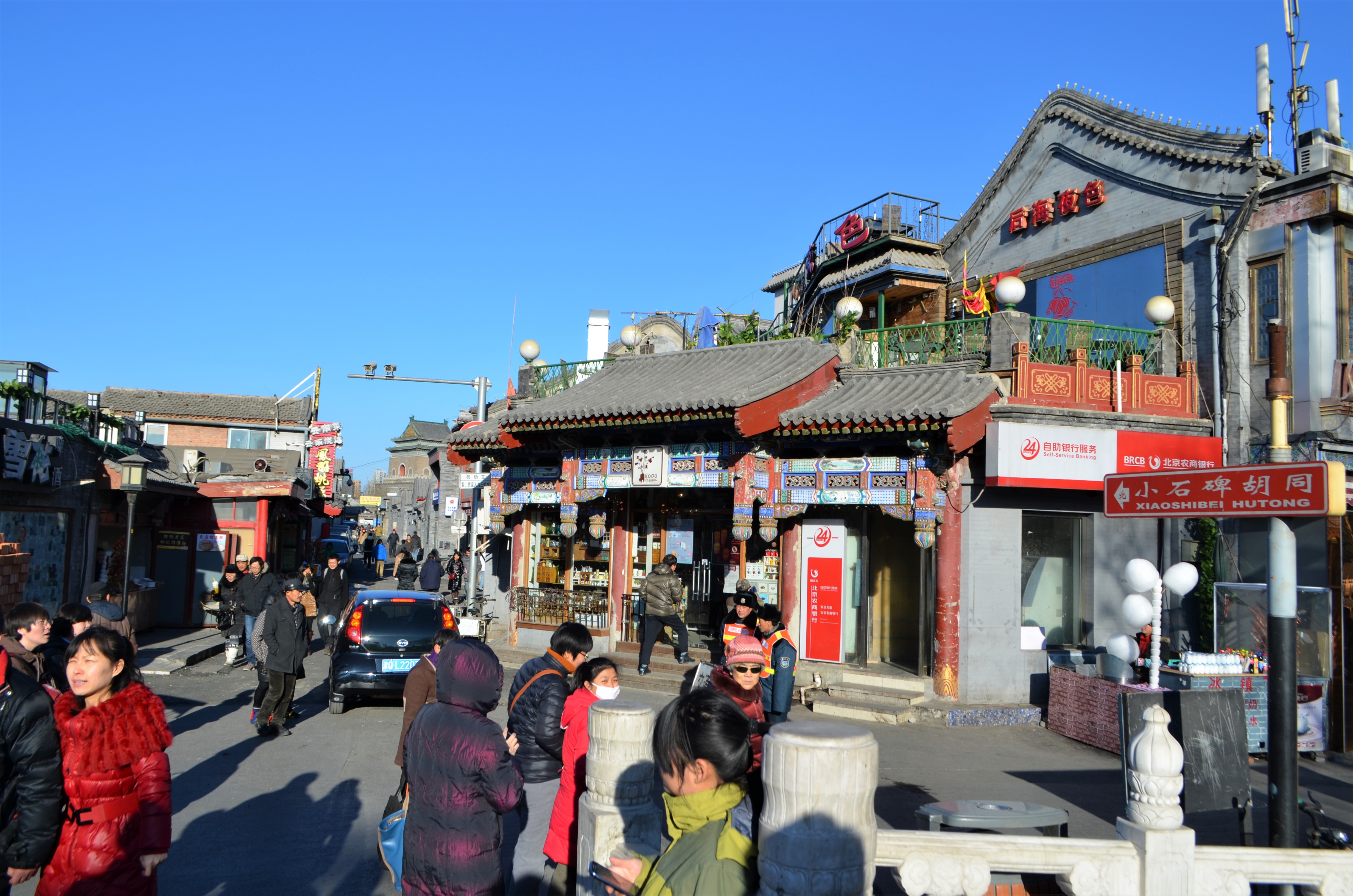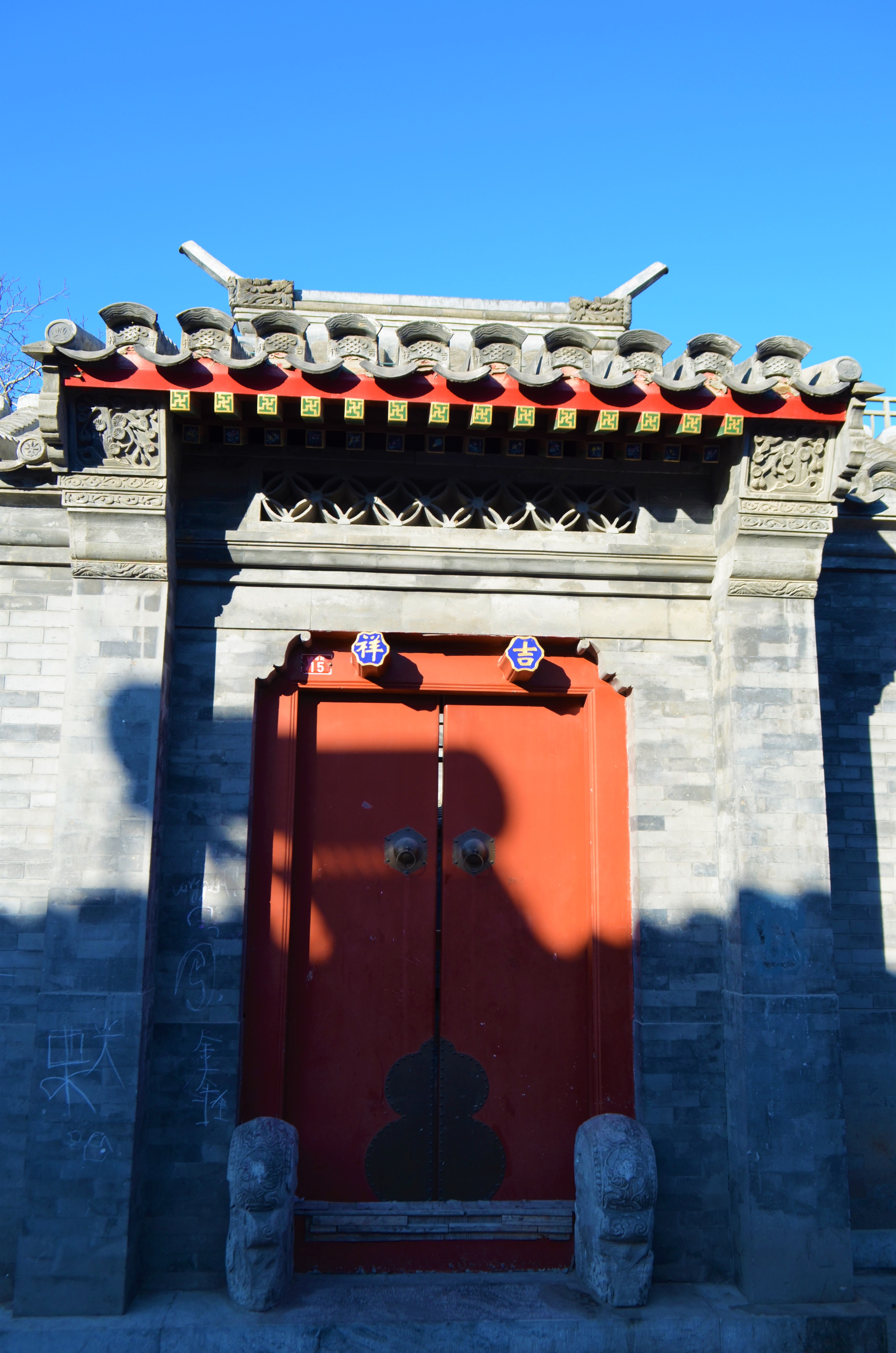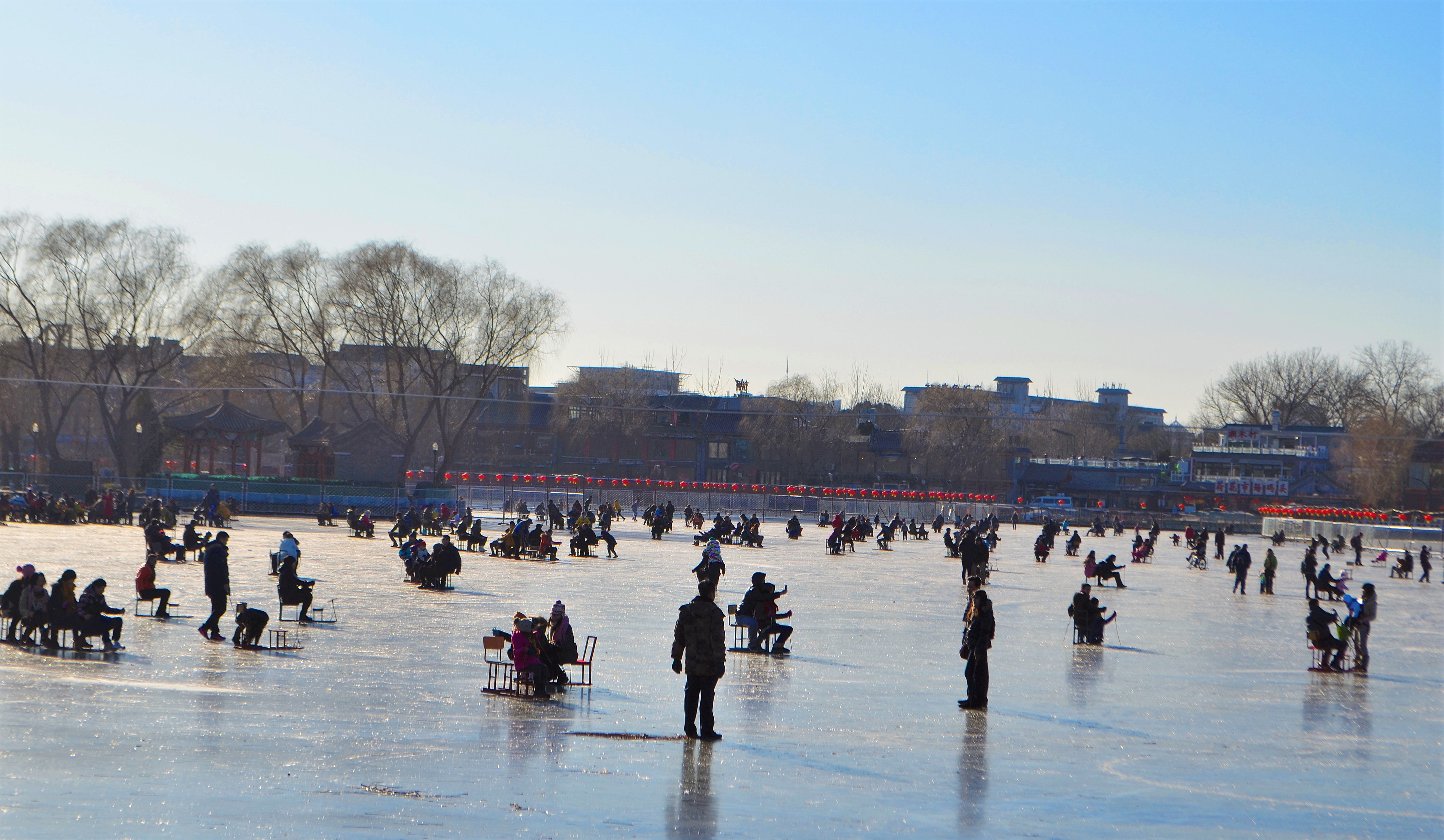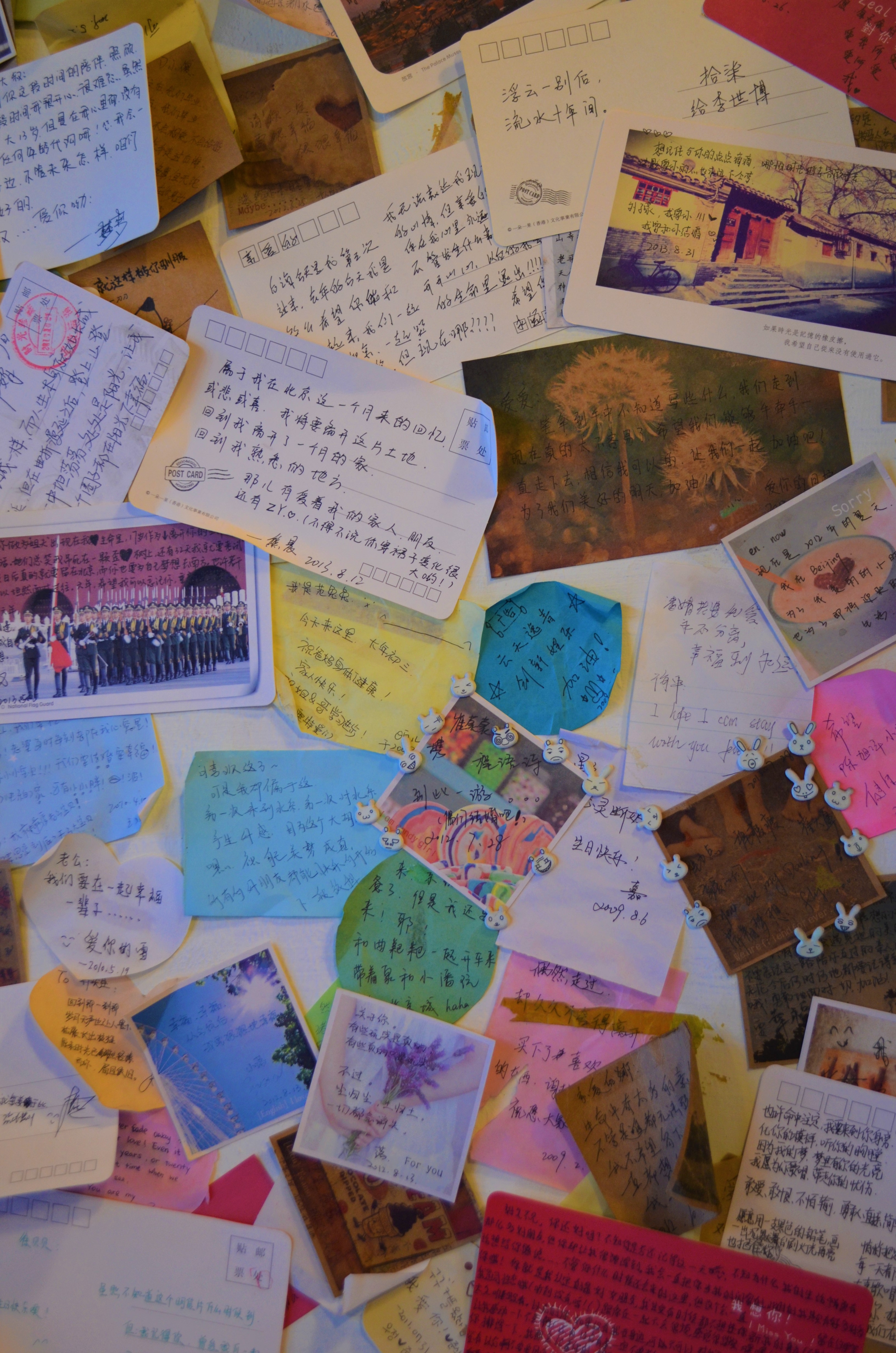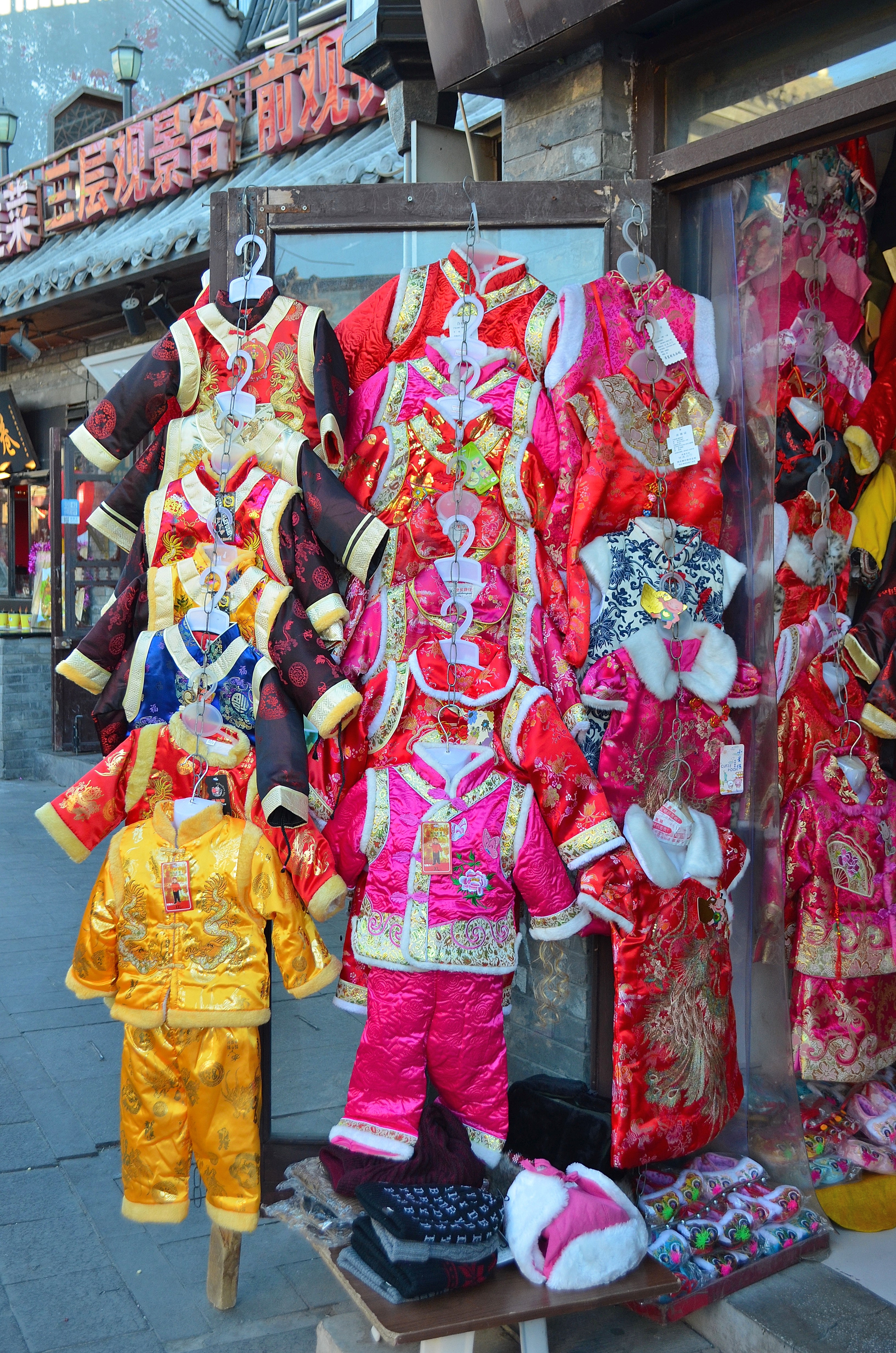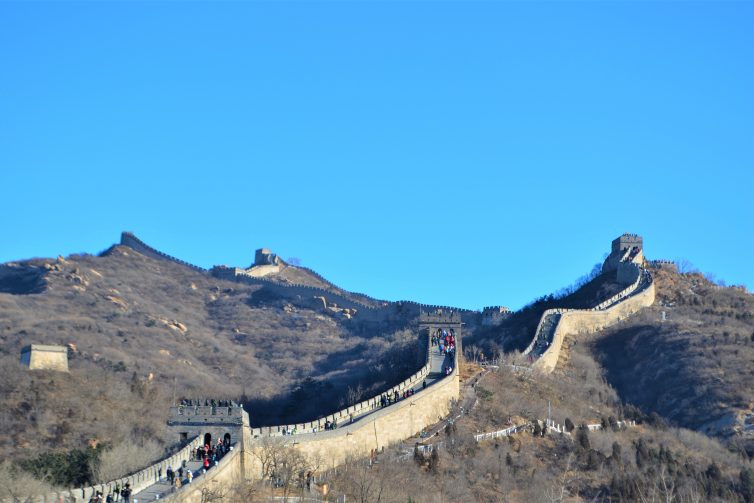I could hardly wait to see the Great Wall of China! As a child, I read about it, and now here I was, just a few kilometers away from something that once felt like a fairy tale. Isn’t it fascinating how we humans are capable of both incredible self-destruction and jaw-dropping greatness? The idea that someone started building this colossal structure thousands of years ago, without cranes or concrete mixers, seems completely mad—and yet here it is.
As you’ve probably figured out by now, Day Two in Beijing began with our chilly journey to the Great Wall.
Day 2: The Great Wall, Lama Temple, and Hutong Adventures
Dress Like an Onion, Freeze Like an Ice Cube
After shivering our way through the previous day, we were determined to face the Wall properly armed: thick hats, double gloves, scarves wrapped like turbans… and still, we froze. On the Wall, it felt like minus 500 degrees, and the wind—oh, that wind—cut right through our layers and our souls. Miss J. couldn’t even take two steps without being pushed back by the gusts. So, my grand plan of hiking at least 3–4 kilometers along the Wall? Gone with the Wind. We barely made it one kilometer before surrendering to the elements.
The section we visited was at Badaling, 70 kilometers from Beijing. We had rented a car with a driver and guide for our three-day city adventure, but if you’re feeling brave (or on a budget), there are buses leaving Tiananmen Square each morning between 6:30 and 10:00.
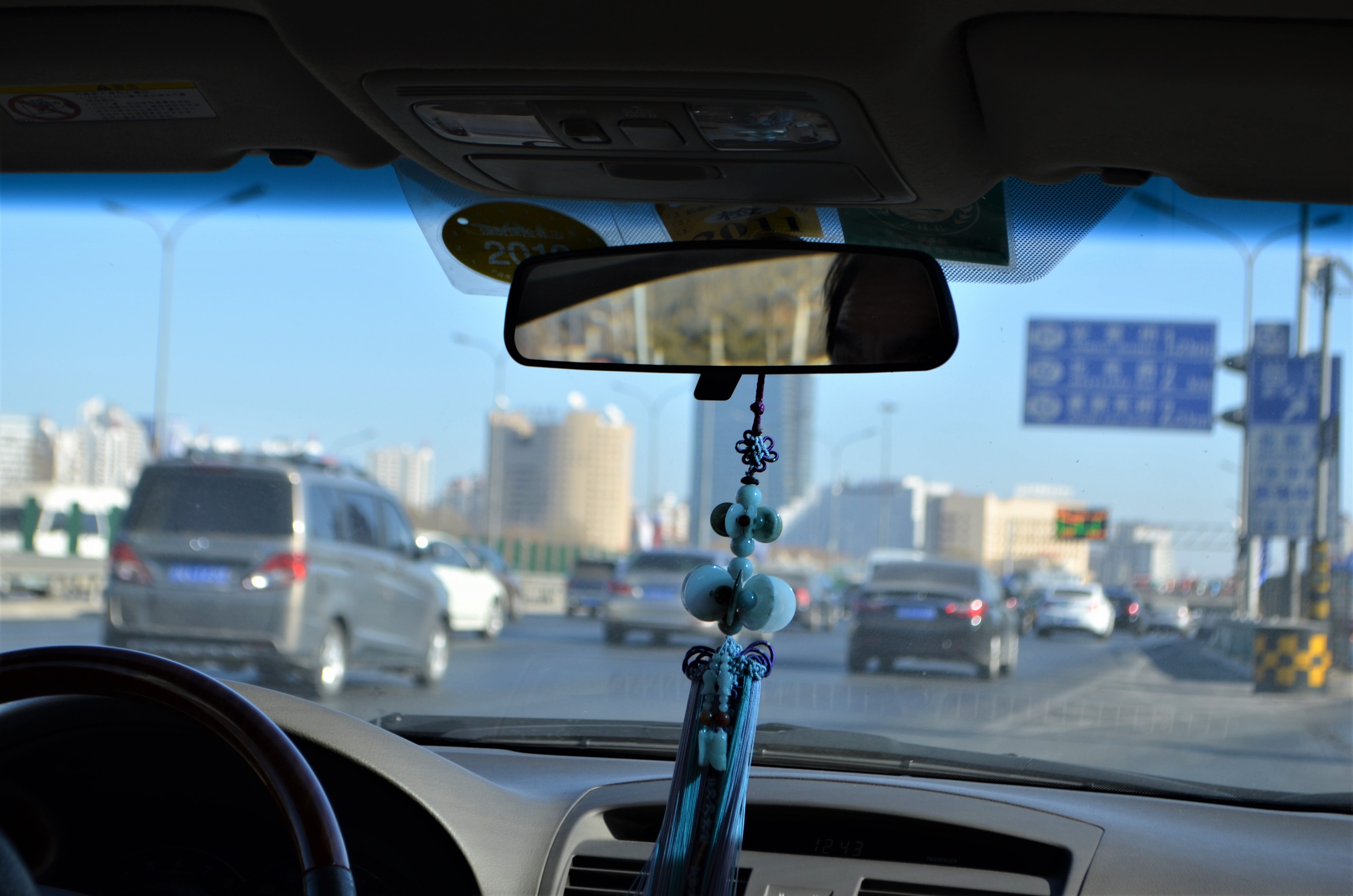
The Great Wall (Chángchéng) is, in a word, staggering. Built over several dynasties and originally unified under Emperor Qin Shi Huang to protect trade routes and repel northern invaders, it stretches an absurd 21,196 kilometers, from the sea to the Gobi Desert. Most of the Wall we see today dates from the Ming Dynasty, when 6,430 kilometers were reconstructed in stone and equipped with fortresses, lookout towers, and defensive systems. At 12 meters high and 6.5 meters wide, it’s big enough to host a double-decker bus parade… or at least a few hundred Instagram influencers.
Sadly, time and humans haven’t been kind—about 2,000 kilometers of the Ming sections have already disappeared. Today, the Wall’s only enemies are erosion, souvenir hunters, and overly ambitious tourists attempting the Great Wall Marathon, which involves climbing and descending roughly 3,700 steps. (Nope, not a typo.) If you’re thinking about doing it, pack your running shoes and your sanity.
Winter offers fewer crowds, but a pro tip from a frozen Romanian: dress like you’re visiting the Arctic.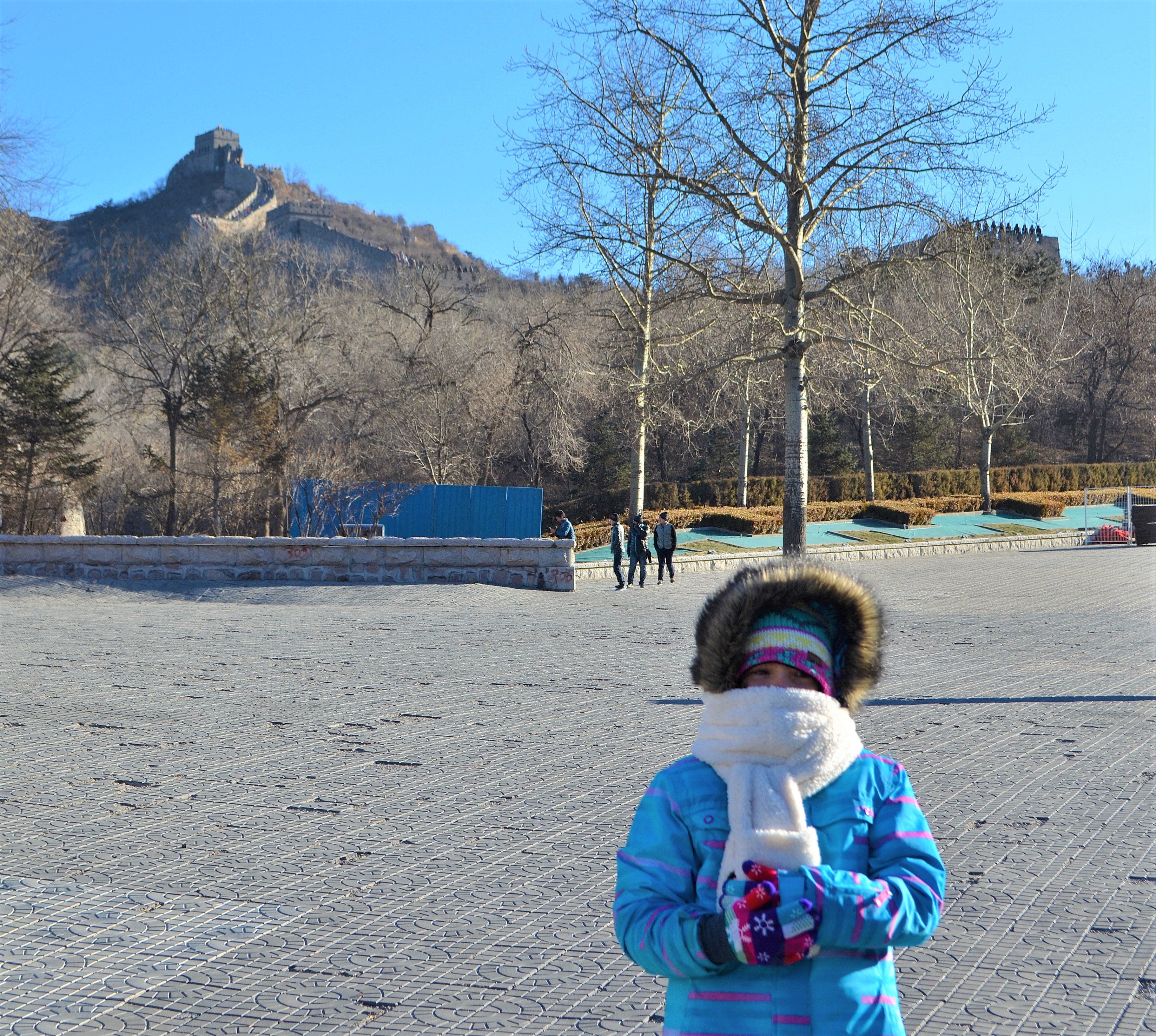
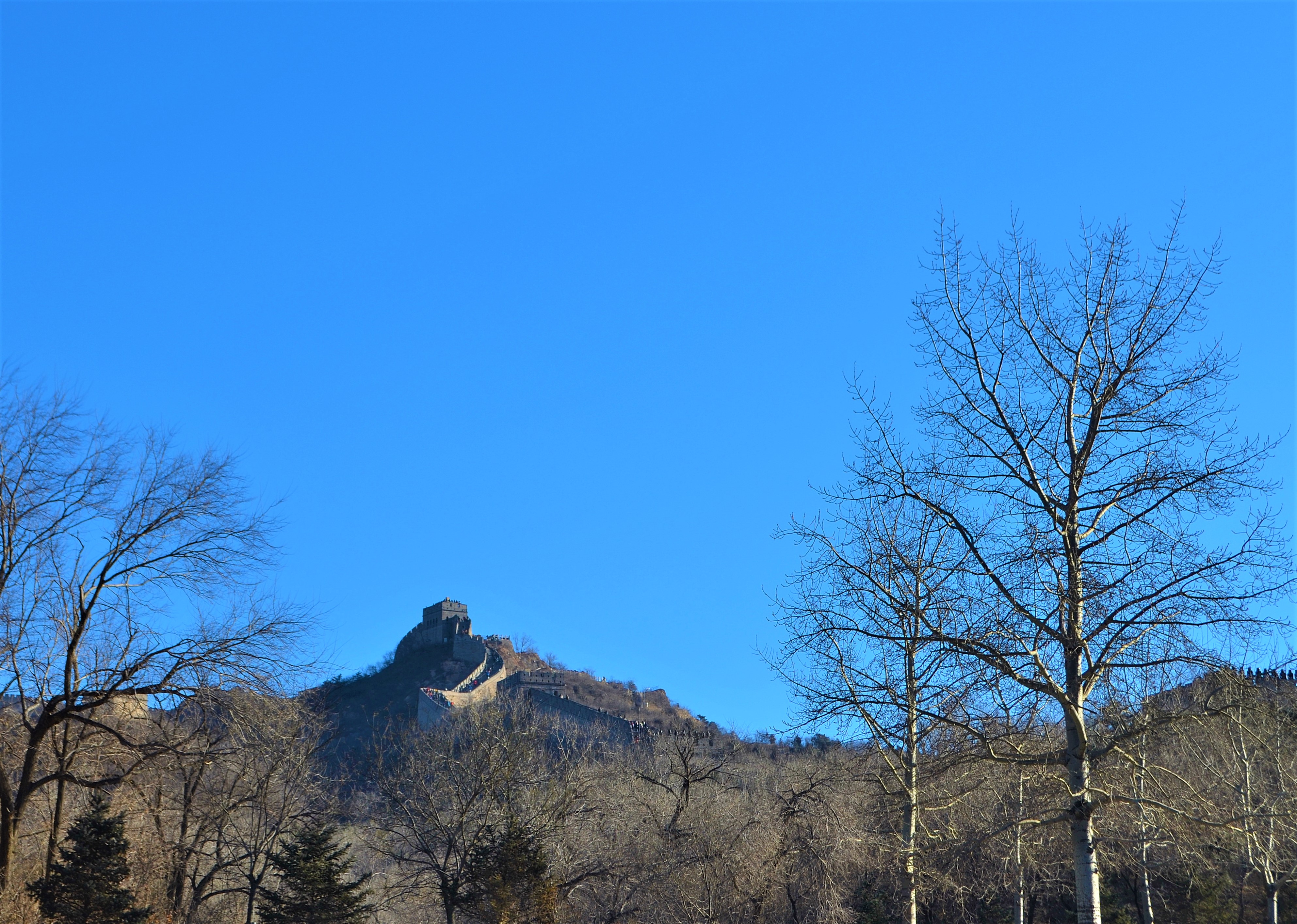
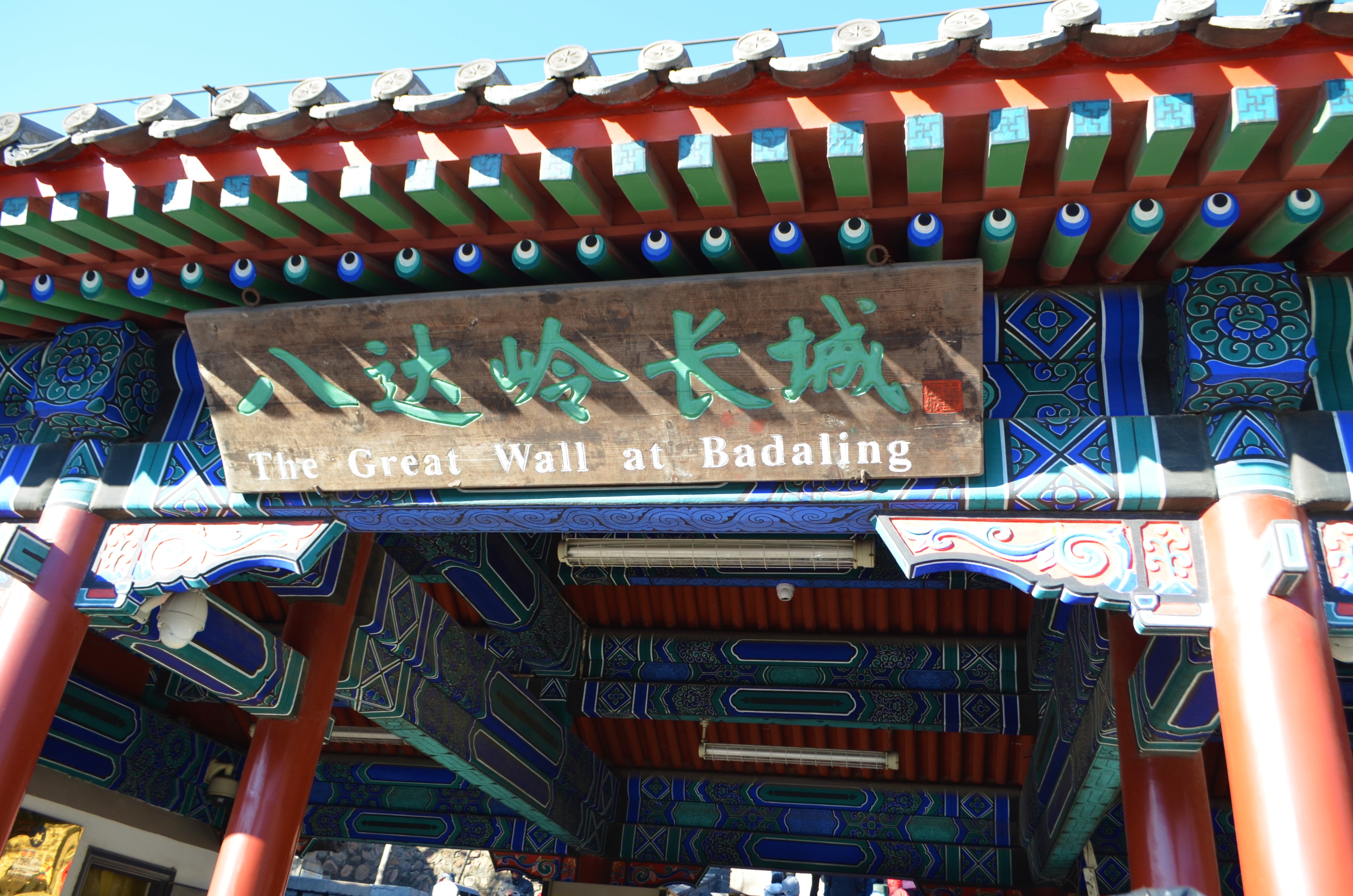

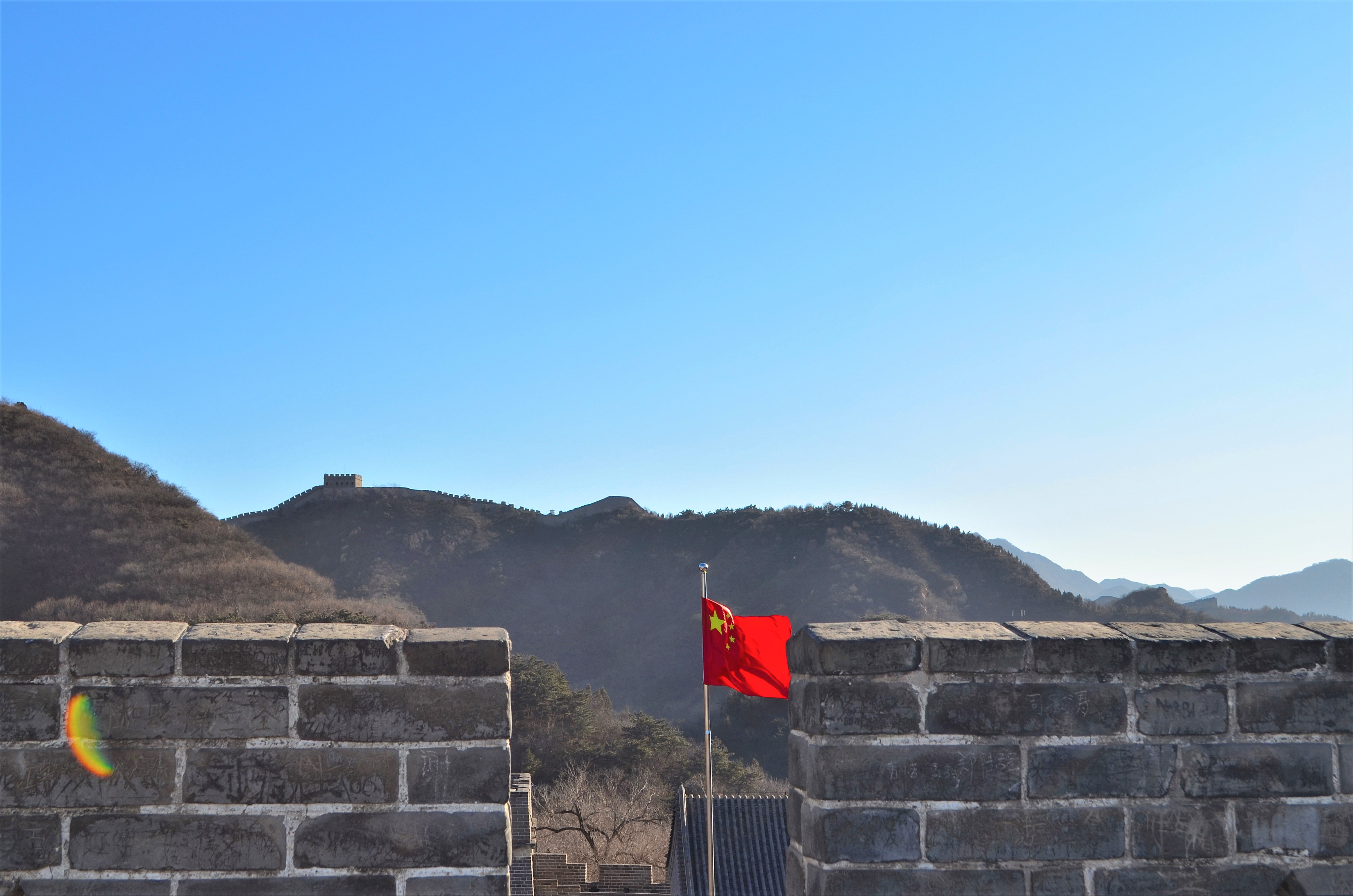
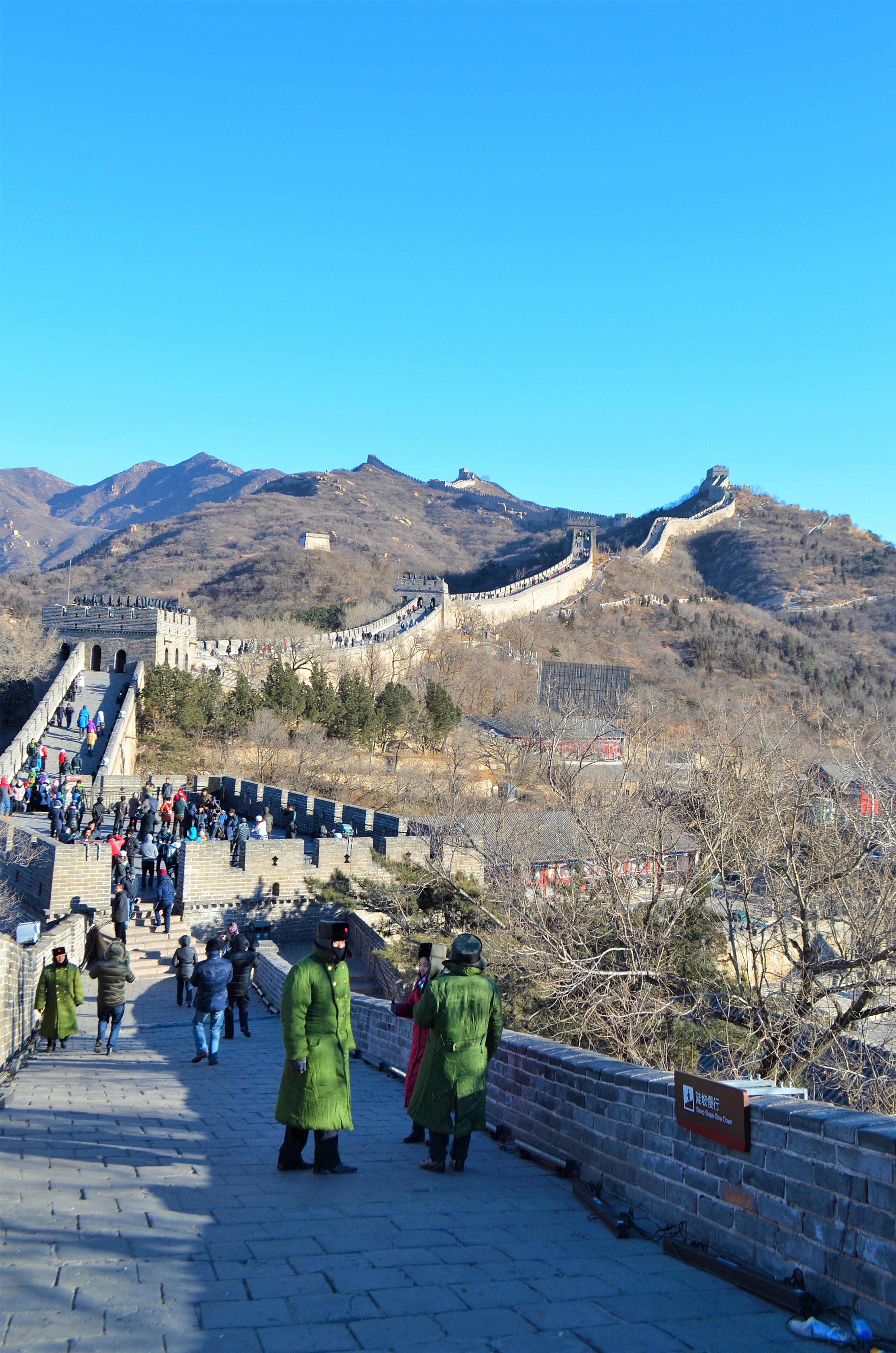
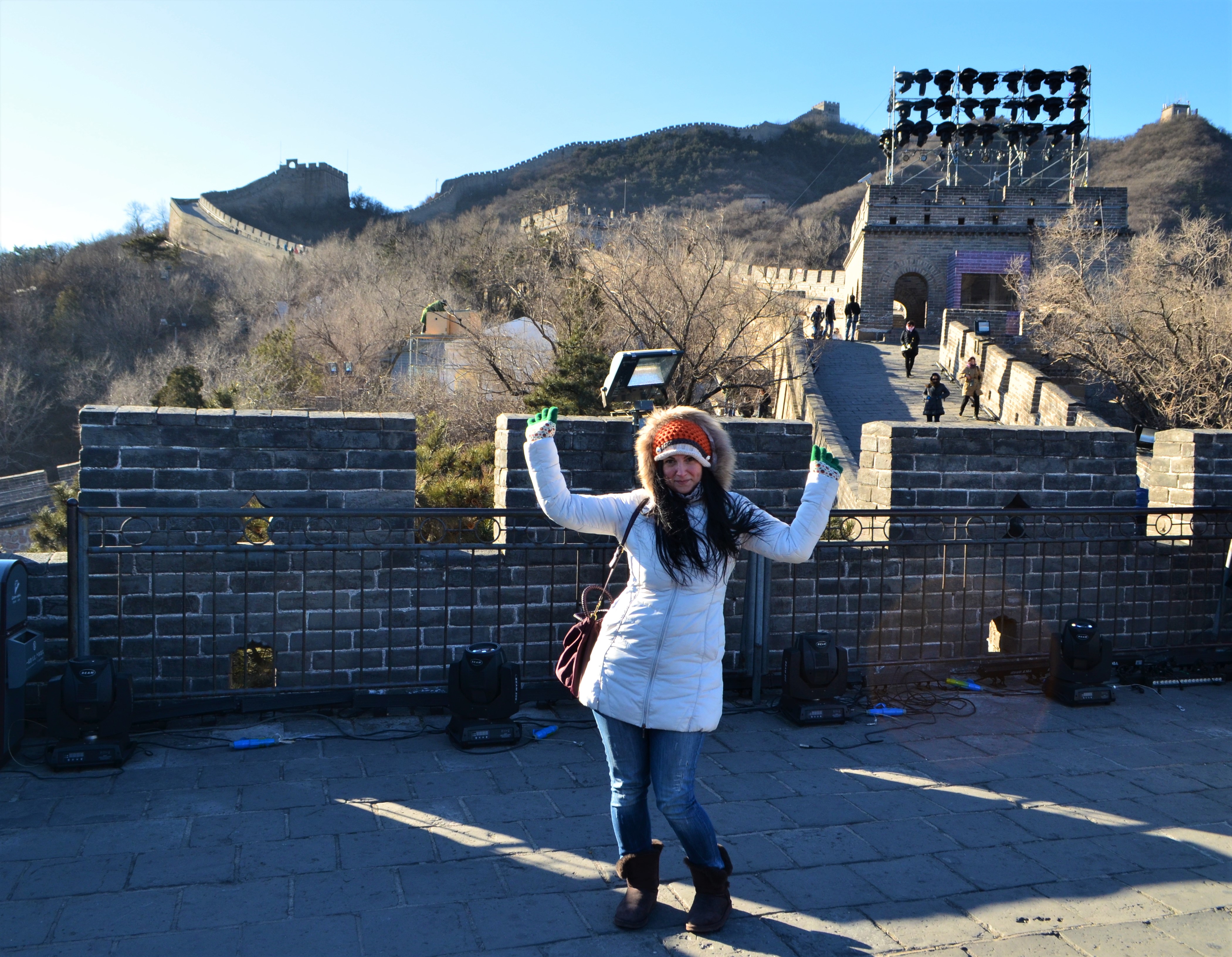
From Ice to Incense: Lama Temple (Yonghe Gong)
After sliding back down from the Wall and fleeing to the warm cocoon of our car, we made our way to the Lama Temple, passing by the iconic Bird’s Nest Stadium, built for the 2008 Olympics and still looking like a futuristic spaceship made of steel spaghetti.
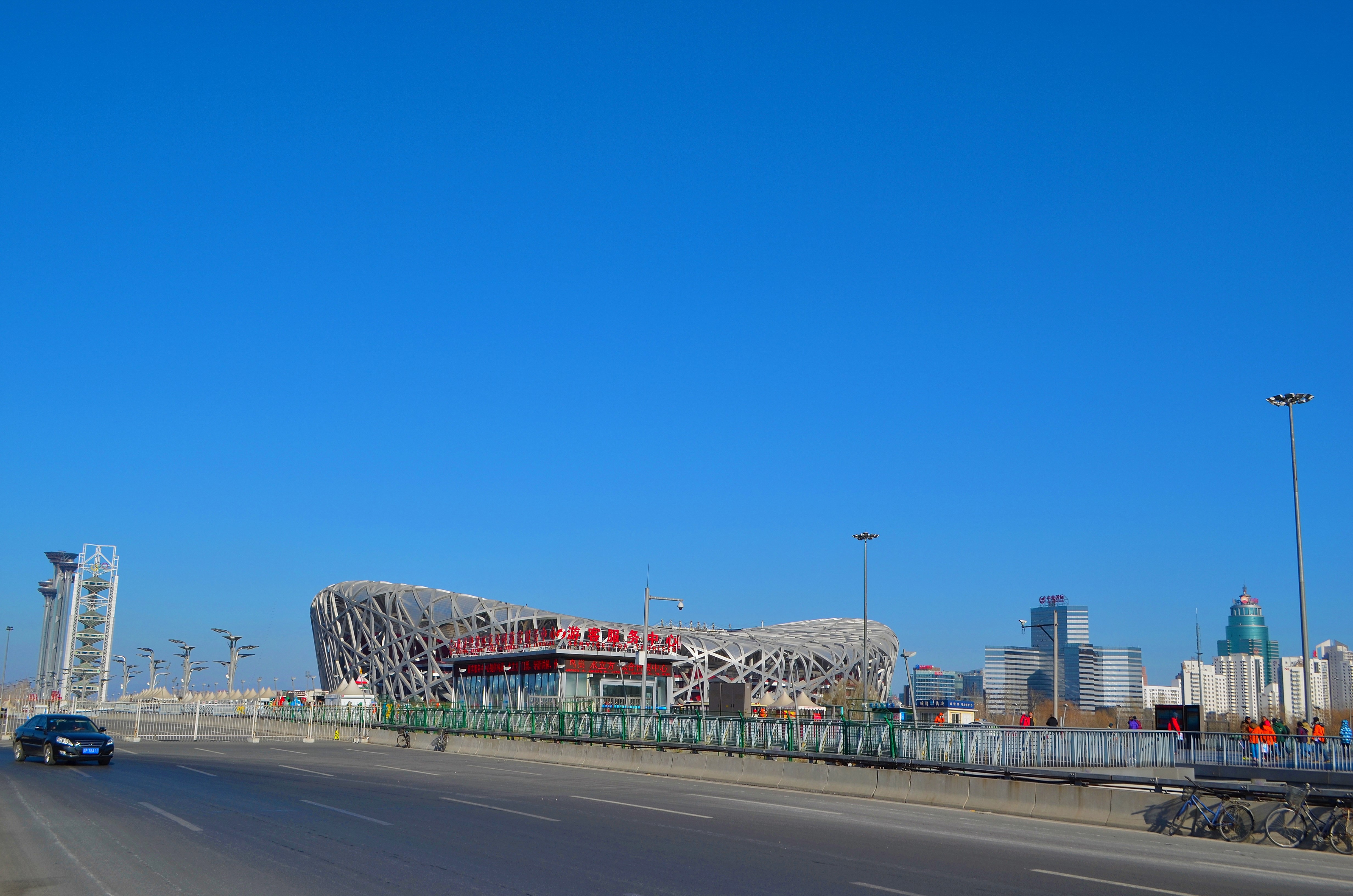
The Lama Temple is a colorful, serene oasis of exotic rooftops, swirling incense, and golden, chubby Buddhas. The star of the show is a 26-meter-tall statue of Maitreya Buddha, carved from a single block of white sandalwood—8 meters of it buried underground. Gifted by the seventh Dalai Lama to Emperor Qianlong, this jaw-dropping sculpture left me speechless… and without ink in my pen, as I frantically tried to jot down every detail.
Originally built in 1694 during the Qing dynasty, the temple started as a residence for eunuchs, then became home to Prince Yong (later Emperor Yongzheng). When he ascended the throne in 1722, half the compound became a monastery for Tibetan monks, while the other half remained an imperial palace. Today, it serves both as a religious center for Tibetan Buddhists and a major tourist attraction.
The layout is marvelously symmetrical, with five main halls in separate courtyards:
- Hall of Heavenly Kings
- Hall of Harmony and Peace (wanna live here forever …)
- Hall of Eternal Blessings (and here …)
- Hall of the Dharma Wheel
- Pavilion of Ten Thousand Happinesses (yeah, here as well …)
We entered through the Andingmen Gate, the only surviving gate from the old wall around Beijing’s Manchu quarter. From there, we followed the imperial path to Zhaotai Gate, flanked by the Bell and Drum Pavilions. Inside, we were greeted by a smiling Maitreya Buddha, surrounded by the Four Heavenly Kings, guardians of the cardinal directions. Above the gate, a poetic message: “When the heart is light, the extraordinary will appear.”
In the Hall of Harmony and Peace, we found three bronze Buddhas—past, present, and future—flanked by four side halls where monks study everything from esoteric texts to Tibetan medicine and astronomy. Nearby sits a 1747 bronze cooking pot, one of the rarest objects in Beijing. (If anyone ever says monks don’t know how to cook up something memorable…)
The Hall of Eternal Blessings, once Prince Yong’s bedroom, hosts three more Buddhas, including Amitabha (Buddha of Longevity), and a stunning Green Tara made from over 4,000 pieces of silk. Each delicate square is a prayer in itself.
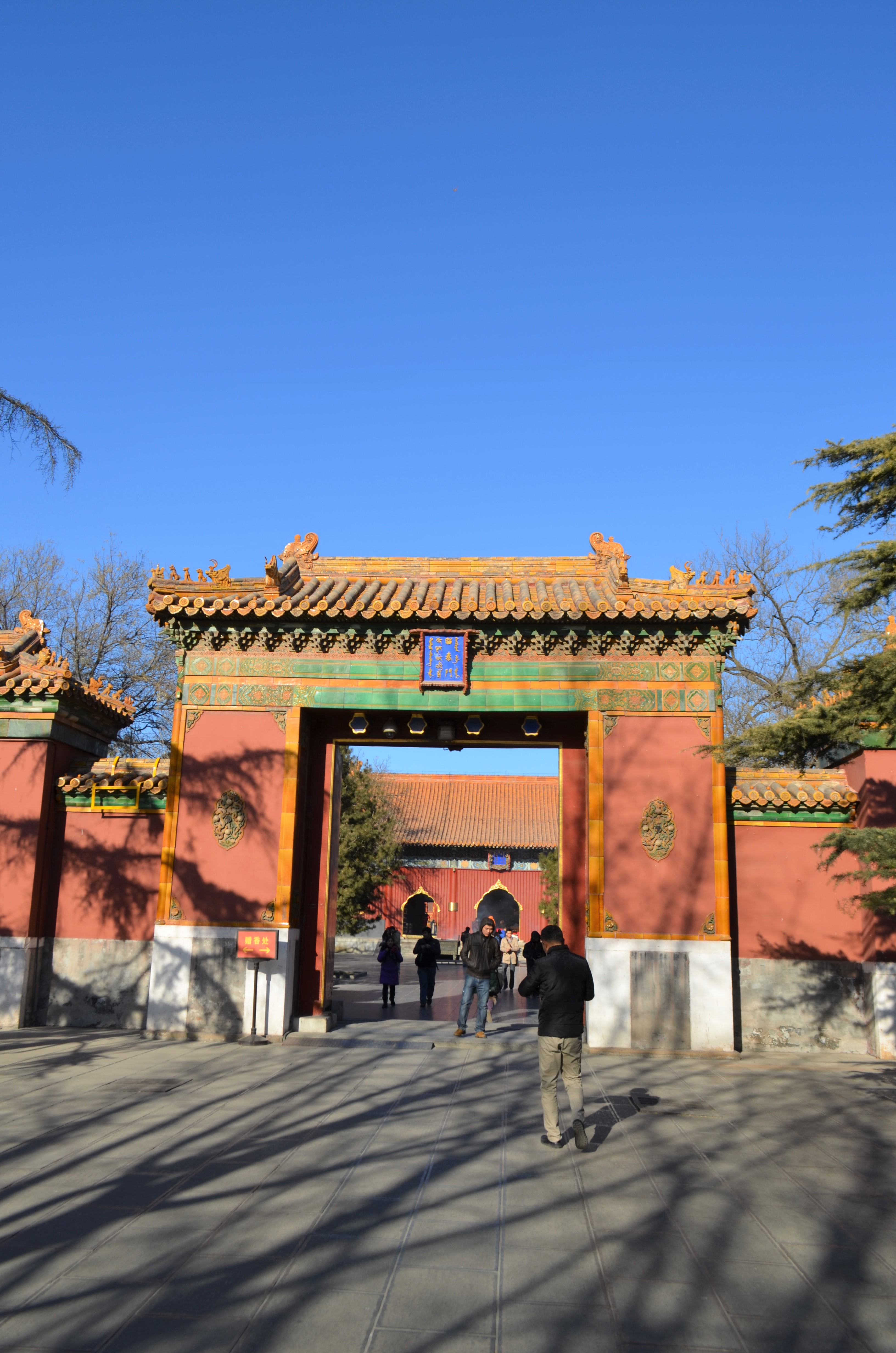
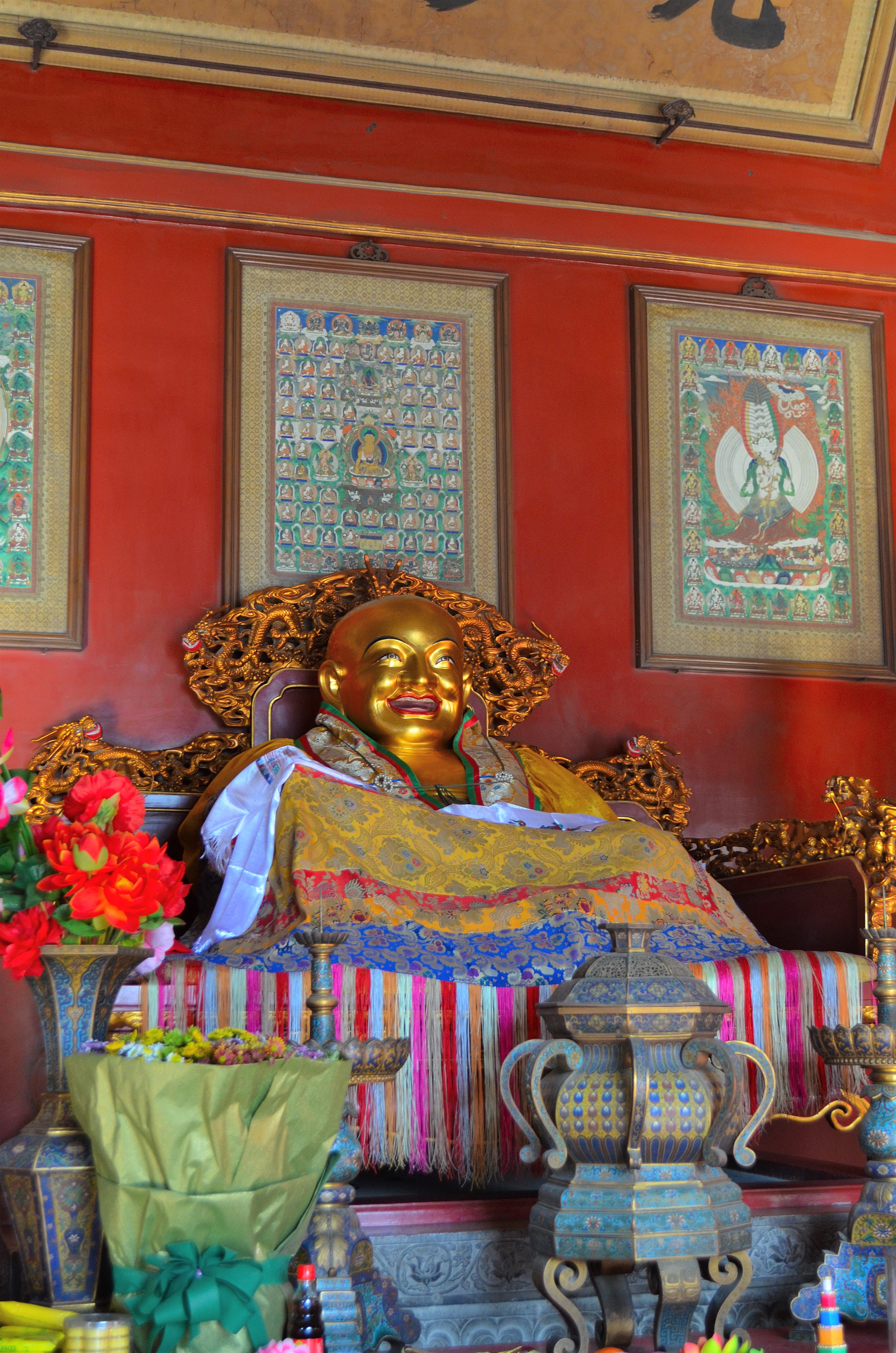
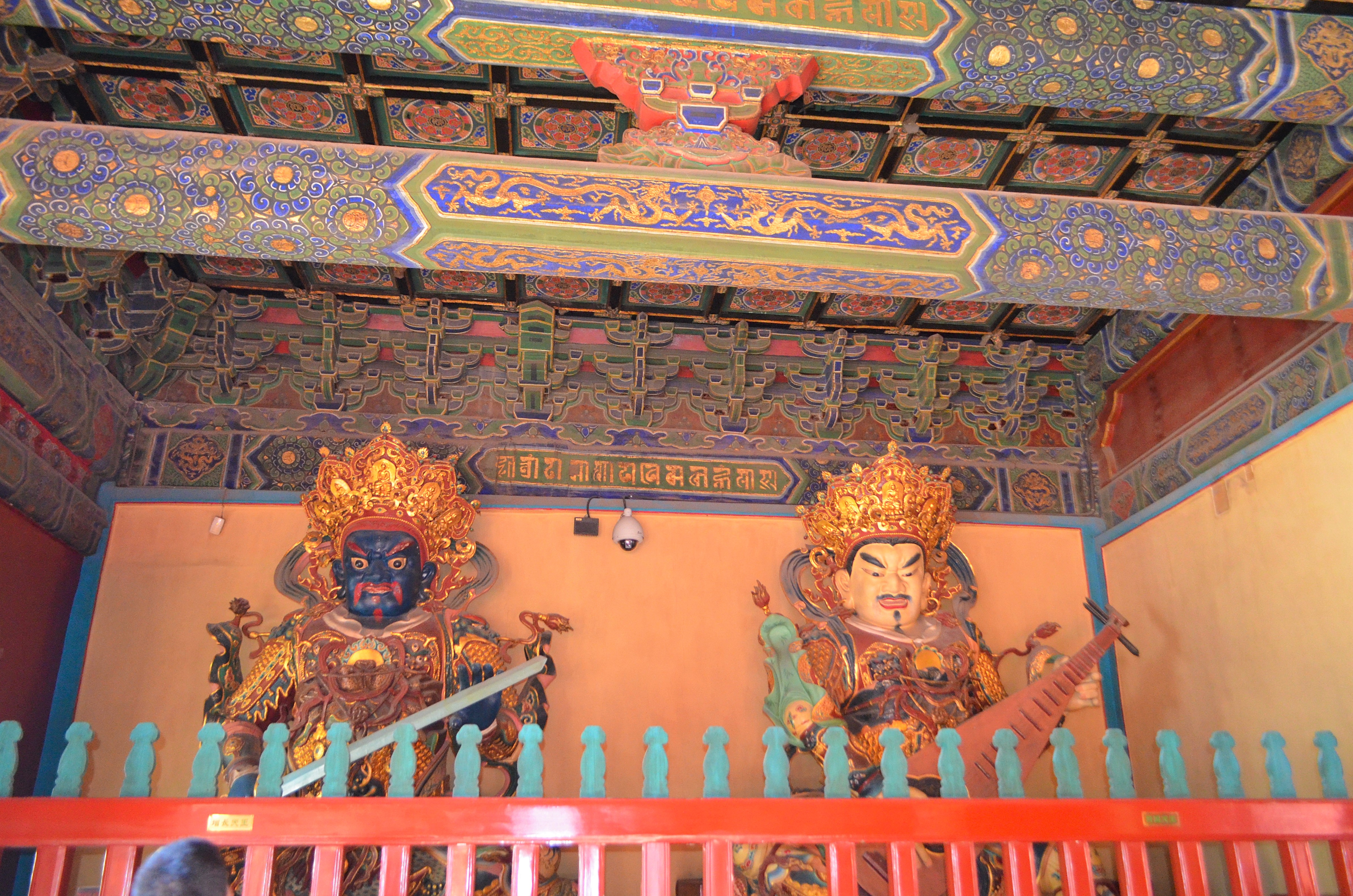
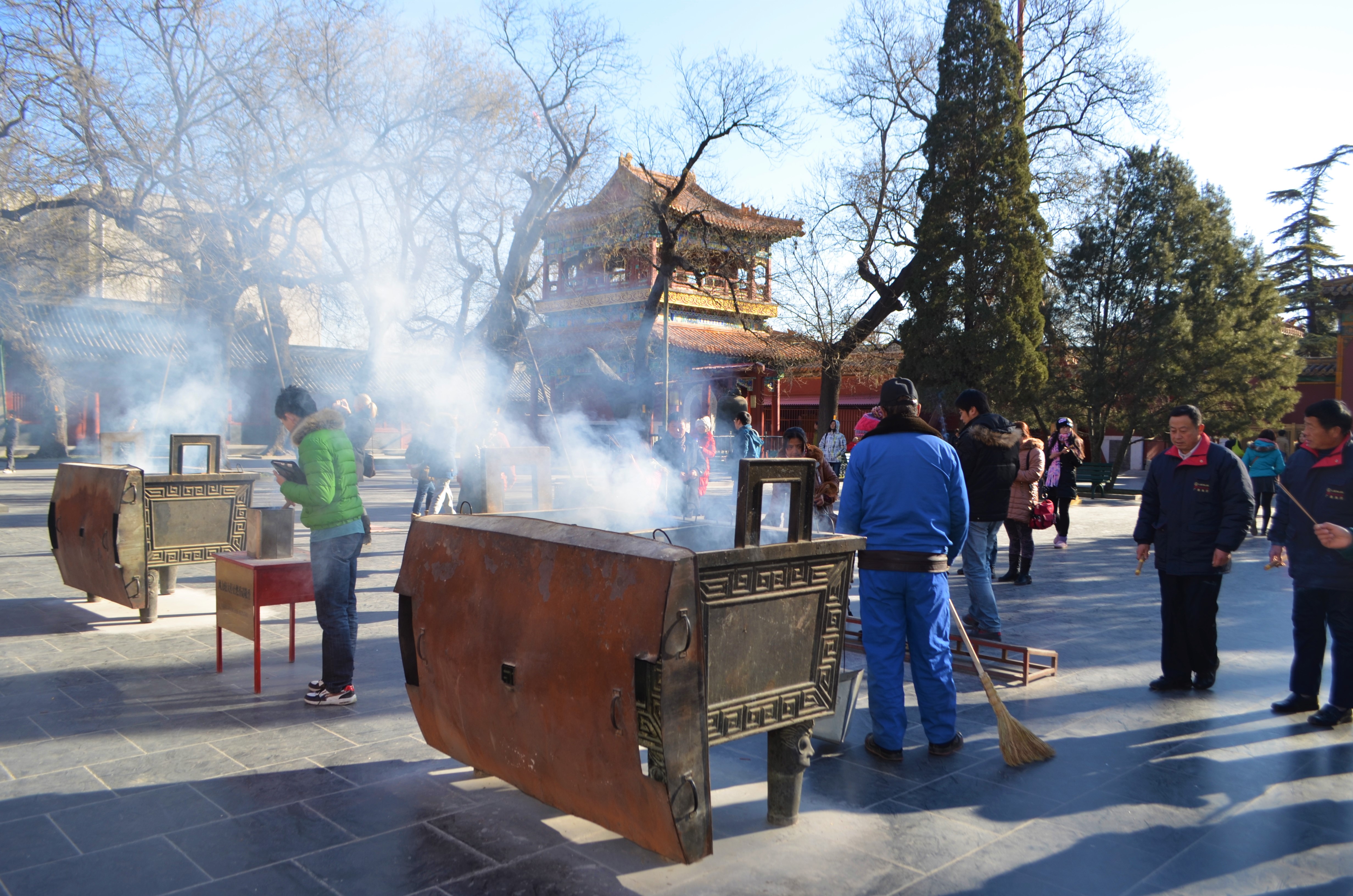

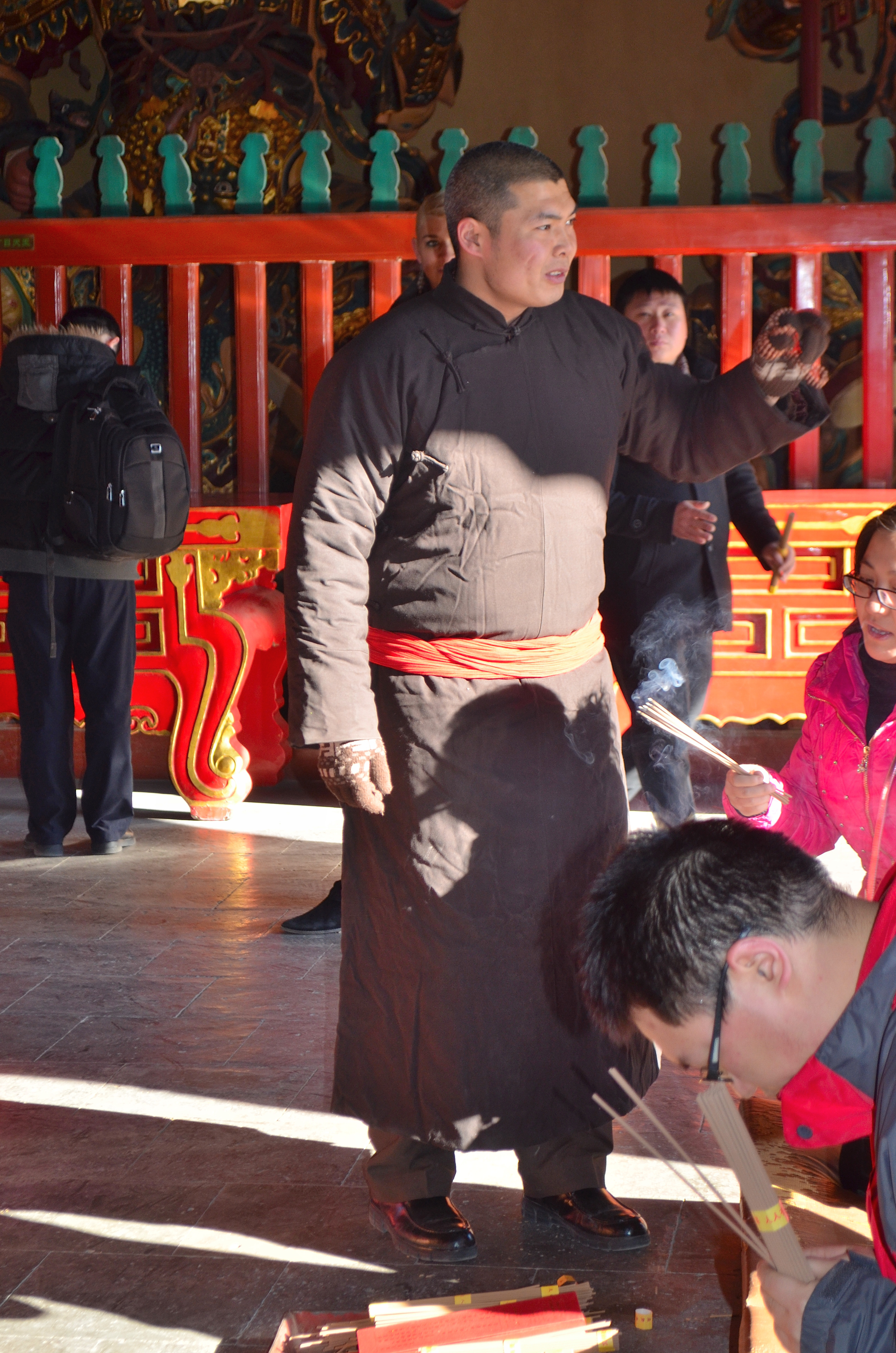
In the Hall of the Dharma Wheel, monks gather for ceremonies and to read sutras. Here we met Tsongkhapa, the founder of the “Yellow Hat” sect of Tibetan Buddhism, surrounded by 449 wooden Arhat statues and golden scriptures along the walls. Nearby, monks with prayer beads (called mala) passed by quietly—each bead marking one of the 108 earthly desires, illusions, or lies that Buddhism says we must transcend. (Sounds like a good list for New Year’s resolutions, right?)
Finally, we reached the crown jewel: the Pavilion of Ten Thousand Happinesses (Wanfu Pavilion), housing the towering white sandalwood Maitreya Buddha. The silence in the hall was almost reverent, broken only by camera clicks and my own stunned gasps.
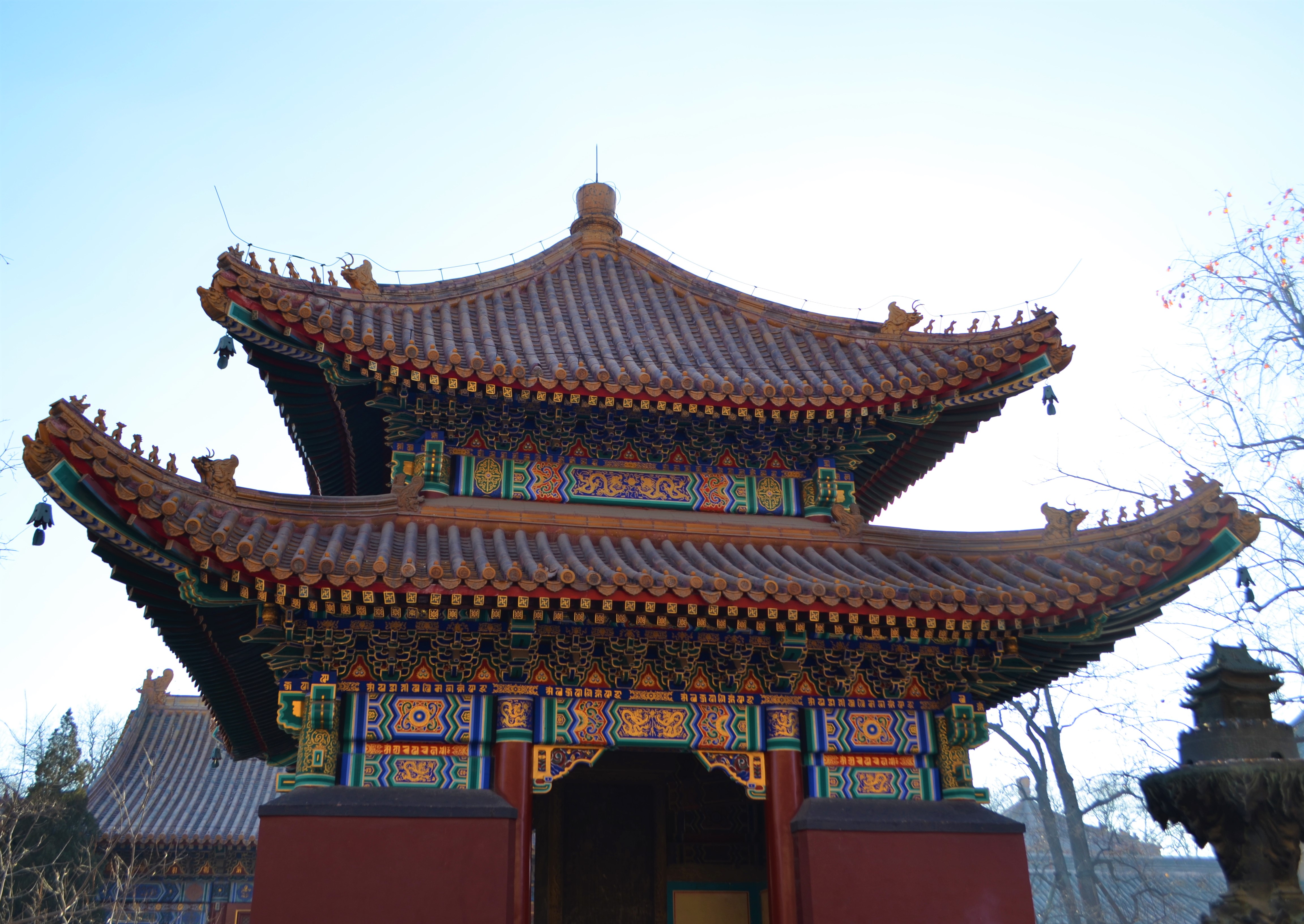
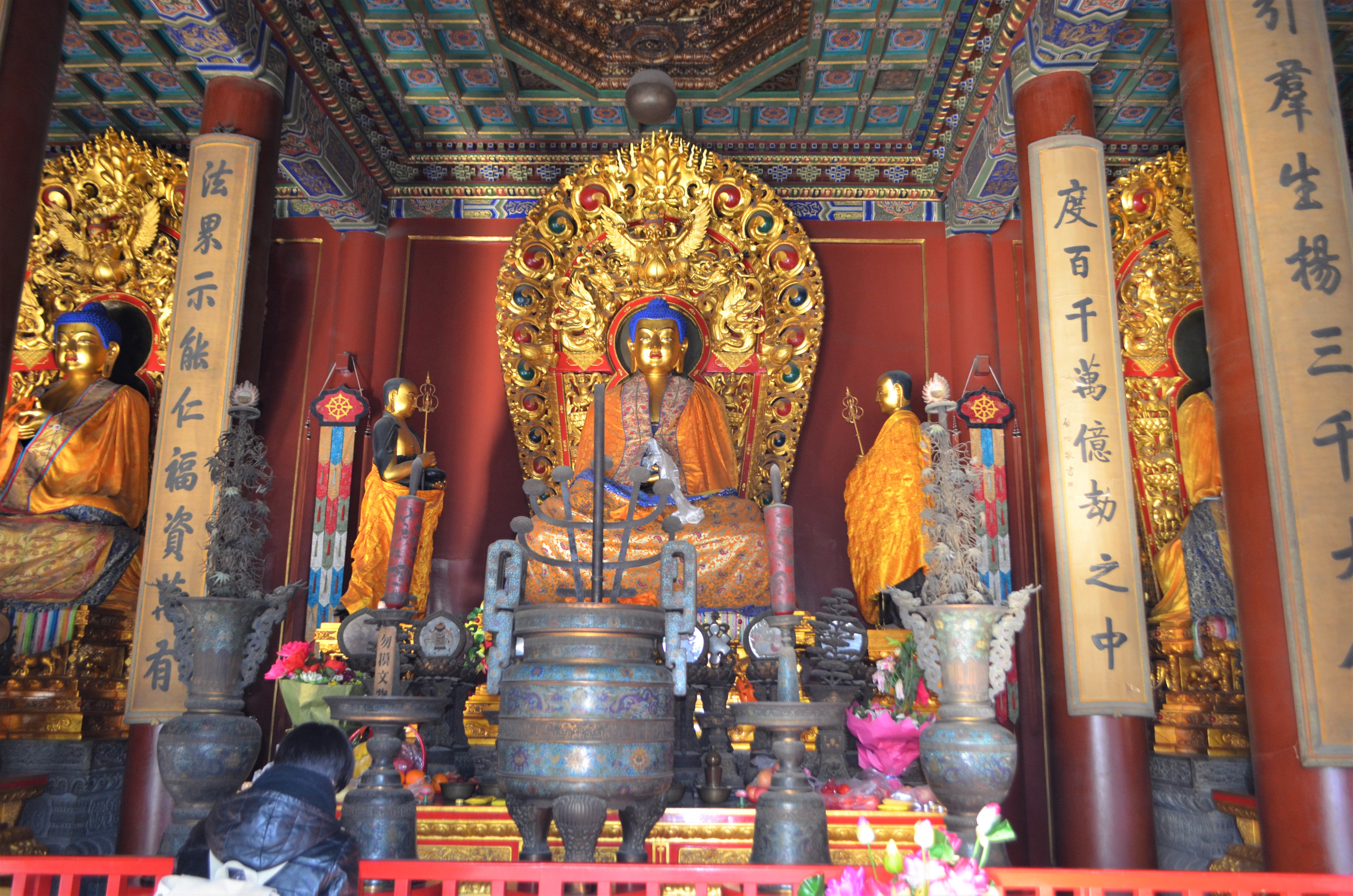
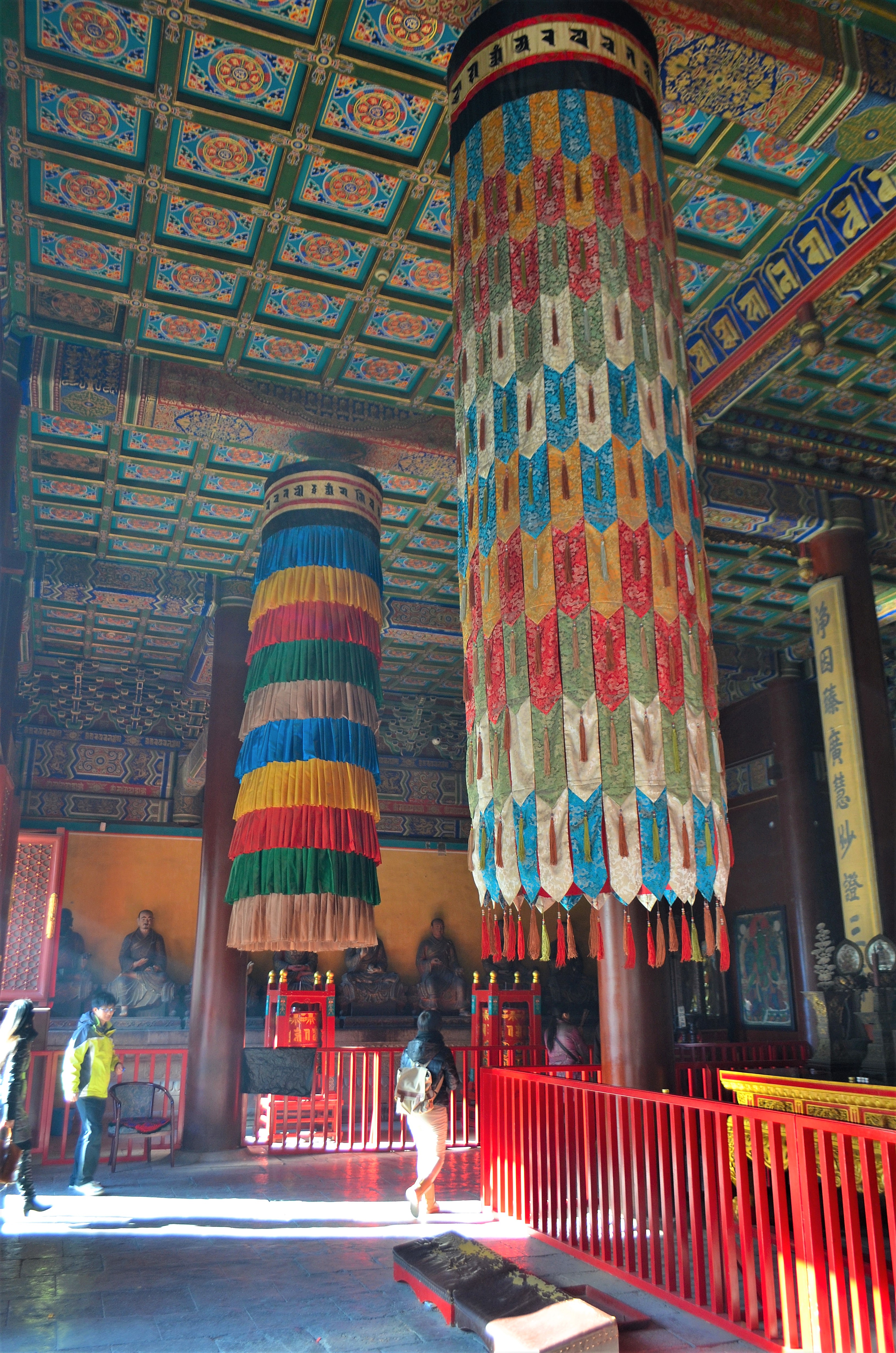
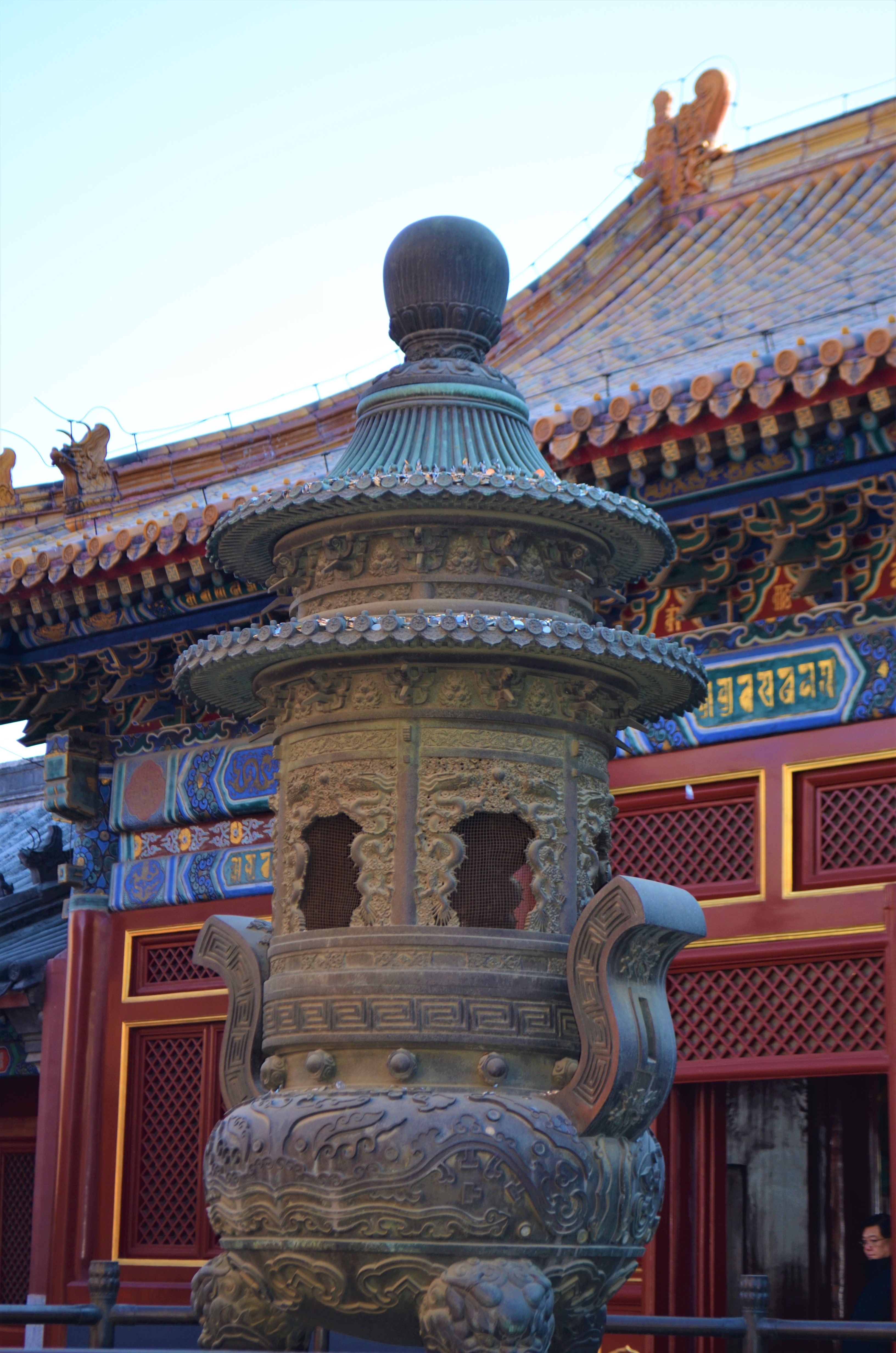
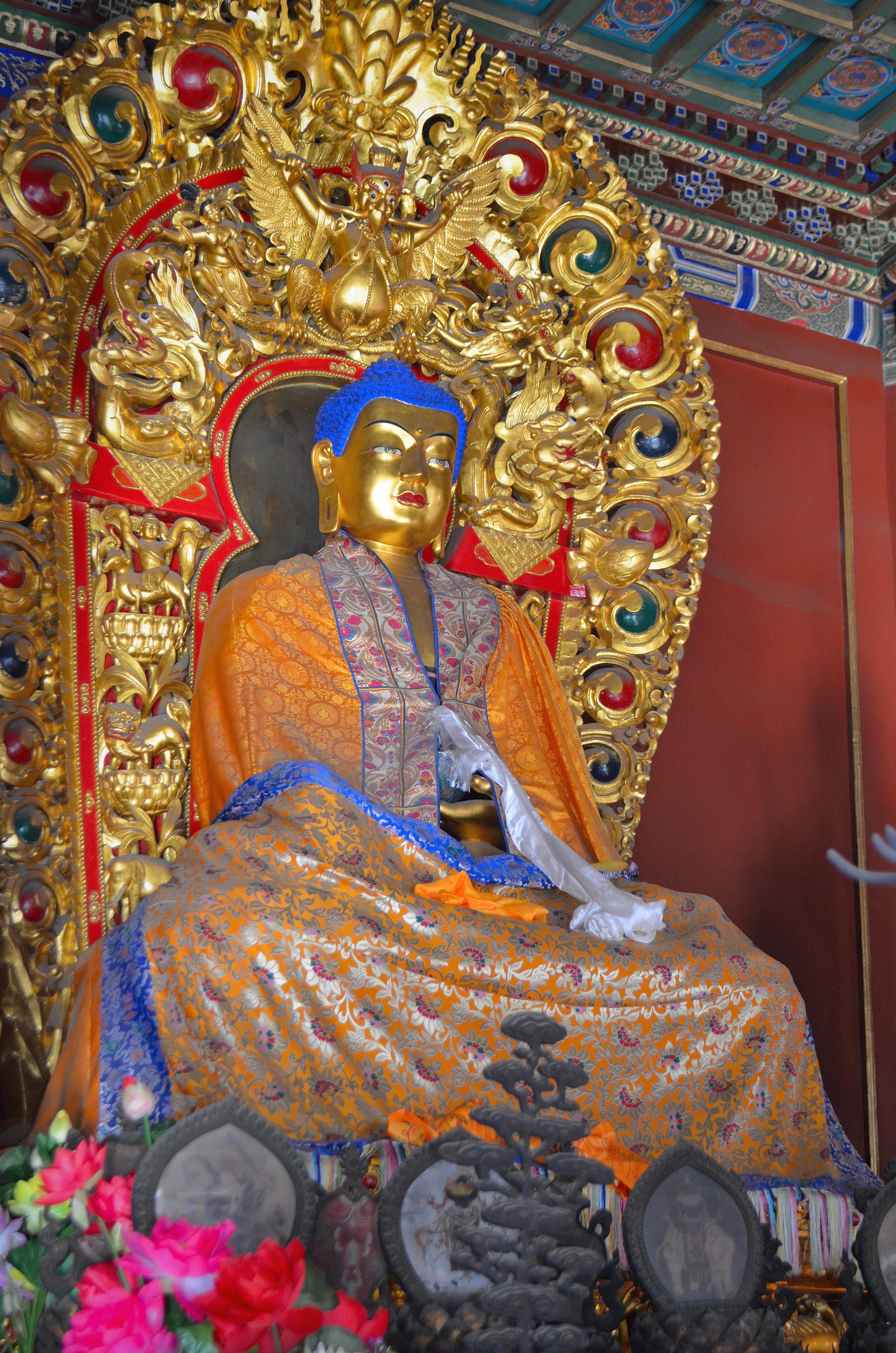
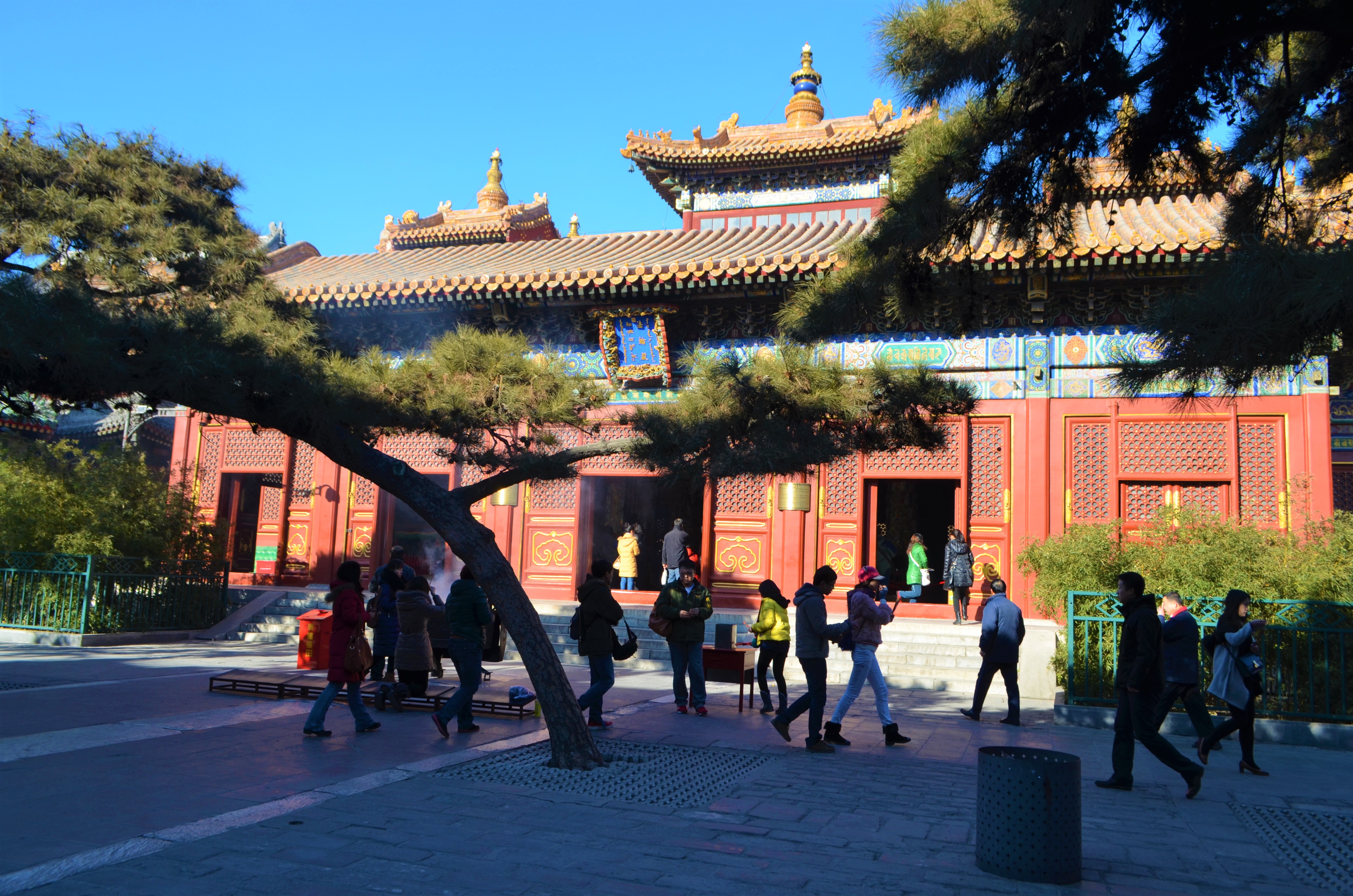
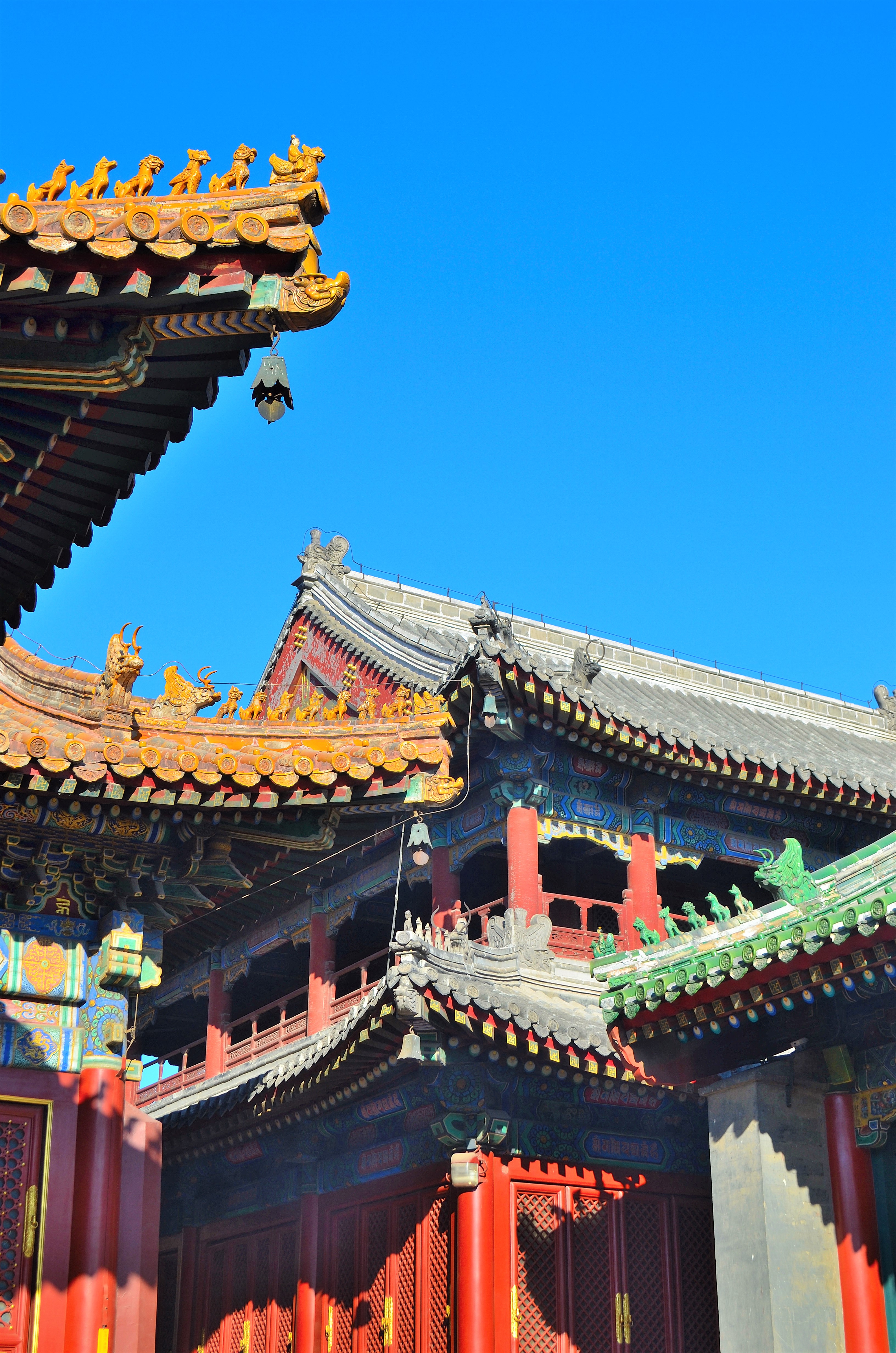
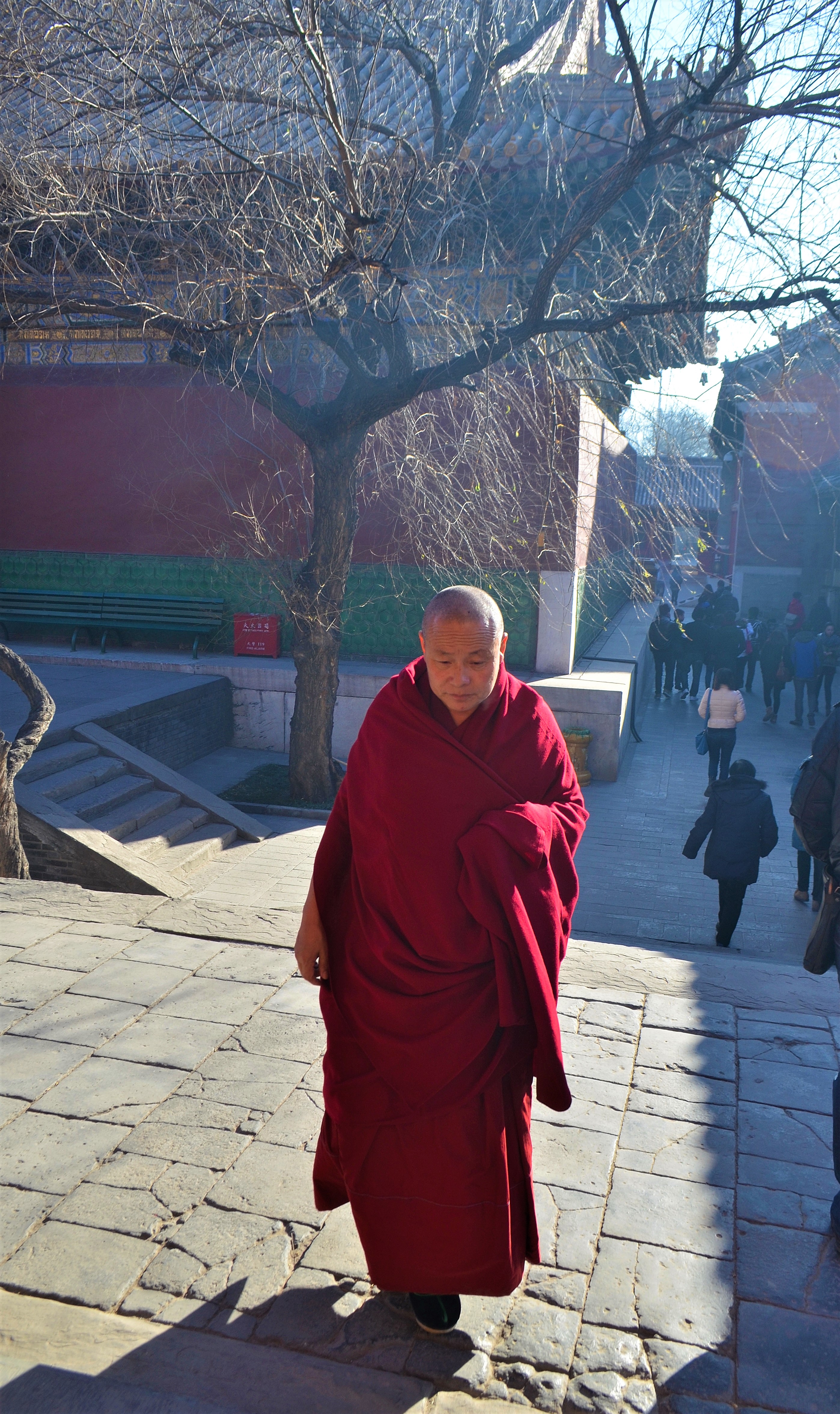
Into the Maze: The Hutongs of Beijing
Our last stop was the charming, chaotic maze of hutongs—the narrow alleys that make up Beijing’s traditional neighborhoods. “Hutong” is actually a Mongolian word meaning “alley,” and these tight-knit communities, usually built around four-sided courtyards, are full of everyday magic.
Families share courtyards, neighbors share gossip, and everyone shares the narrow streets with honking cars, speeding bicycles, bundled-up schoolkids, and wandering tourists. Remember Katie Melua’s song “Nine Million Bicycles in Beijing”? It’s not an exaggeration.
Each doorway faces south, just like the temples, following feng shui principles, and chimneys puff gentle clouds into the winter sky. We walked until our toes were numb and stumbled upon Houhai Lake, where locals were skating on the frozen surface and sipping hot drinks. Miss J. and I slid around a bit too, until the cold finally defeated us.
Back at the hotel, exhausted but thrilled, we collapsed into bed, our minds spinning with Buddhas, bicycles, emperors, wind tunnels, and the quiet wisdom of ancient stones.

